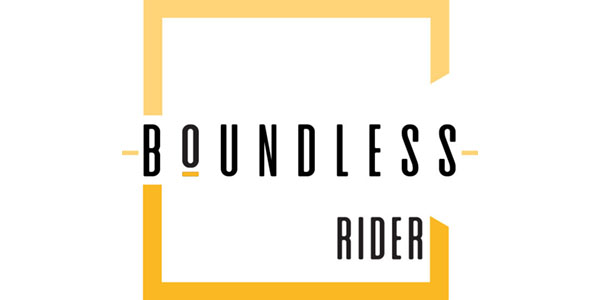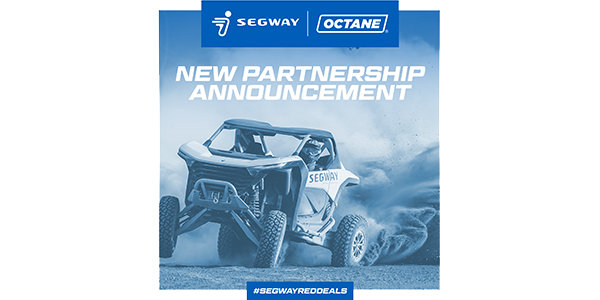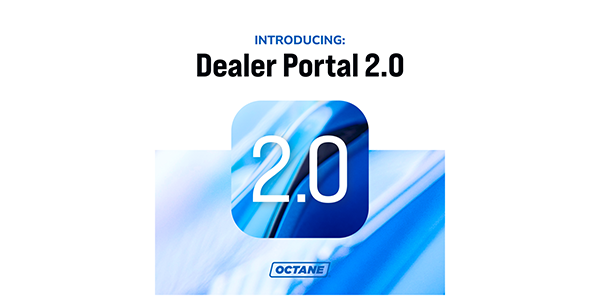Powersports dealers continue to navigate a persistently changing industry, influenced by today’s economy that continues to feel the impact of high interest rates and inflation. These factors create a challenging environment for dealers. This article is the second of a three-part series covering pay plans, performance and participation while offering key strategies for dealers looking to revitalize and perhaps even modernize their business to ensure it is optimized for operational, financial and customer success.
The first article covered the importance of building the right pay plans for dealership F&I staff. With pay plans in place, this article will spotlight how pay plans can drive the right performance for finance and insurance (F&I) managers. Setting the right performance expectations is critical to helping dealerships achieve stronger, more competitive bottom-line results for their long-term business growth and viability.
The performance of F&I staff is critically important in today’s market because the days of passive order-taking are long gone. Instead, dealers are now engaged in fierce battles for every customer and deal. This dramatic shift has changed the way powersports dealers operate, emphasizing the crucial role of revenue diversification, particularly through F&I products, to sustain profitability.
Why Dealers Need Performance Plans
Having a strong performance plan is important, especially since the economy has changed since the pandemic, and dealership staff are no longer living the life of order takers. Dealers need to know what strong performance looks like in order to help staff adhere to a certain standard that helps increase profitability.
Mark Sheffield with Spader Management/NCM & Associates provides the following as reliable benchmarks for strong F&I performance across all dealership types:
- Products per deal: 1.4
- Extended service contracts (ESCs): 50%
- Maintenance: 25%
- Guaranteed Asset Protection (GAP): 20%
- Tire and Wheel protection: 10%.
An important thing to consider when looking at benchmarks is to ask what type of inventory your store sells. Do you sell a good mix of price points and powersports products? Do you sell mostly inexpensive units? Strong F&I performance at a dealership that sells inventory primarily under $10,000 should look very different from one that sells a much higher-average MSRP.
Performance helps set the stage for customer expectations, because success isn’t just about moving inventory — it’s about ensuring every customer walks away with a tailored solution that protects his or her investment, enhances the experience and sets the stage for customer retention. The right performance plan helps dealership staff secure financing for the customer’s chosen vehicle, while also providing essential products that safeguard customers and their investments.
Creating the Right Performance Plan
A well-structured performance plan motivates F&I managers to excel, leading to increased F&I sales. This directly contributes to the dealership’s revenue and profitability. Additionally, a performance plan that emphasizes compliance and ethical selling practices reduces risks associated with non-compliance and maintains the dealership’s reputation. A structured performance plan includes goal setting, regular training and feedback mechanisms. This fosters a culture of continuous improvement, ensuring F&I managers stay updated on industry trends and best practices.
The digital age has ushered in a new era of consumer behavior, where individuals are armed with information and preferences before they even step foot in a dealership. This shift has upended traditional sales models, requiring dealerships to actively engage and entice potential buyers through personalized experiences and exceptional service.
The most striking change facing powersports dealers is the intensifying competition for deals. With customers more discerning than ever, securing each sale demands a multifaceted approach that extends beyond showcasing inventory. Dealers must differentiate themselves through superior customer service, competitive pricing and an array of value-added offerings.
What Makes a Great Performance Plan?
For years, many dealerships focused on high profit margins on the sale of just one F&I product per vehicle. Cancellations can be disproportionally affected by only focusing on one or two products.
Today’s dealers should be offering F&I products and choices that customers say they want — ESCs, pre-paid maintenance, road hazard, GAP, etc. By offering a diverse set of desired products and services to your customers, ideally via an electronic menu with the customer in control, you will increase customer satisfaction and retention. You can also diversify your income stream, assuming you participate in the underwriting income of the products you sell. You absolutely should be if you are not! More about that in our next article.
Many would agree that being able to sell more products is an overall indicator of better F&I profitability. You’ll hear goals like 1.5 products per transaction. On 100 deals, that means you sold 150 products. Well, how do you manage to that number? While you’ll hear many F&I managers say they just try to sell everything they can on every deal, in reality, that’s not how it works. You must have a plan.
Here’s a sample of what a solid performance plan looks like: If you take 100 deals and the metrics we cited earlier, you’d be at roughly 1.05 products per deal without selling any other products or upping your game. Ancillary products (Battery for Life, Theft, Paint/Fab, GPS, for example) sales goals are certainly relevant to this discussion. My recommendation for top performance would be 55% ESC, 35% Maintenance, 25% Road Hazard, 20% GAP and the remaining 15% coming from all other ancillary volume. Your store’s needs might be higher or lower in a given bucket, and that’s fine. Shifting percentages for one product up or down requires you to assess the others to maintain the total goal of 1.5 products per transaction.
While profit margins on individual F&I products could be lower individually, the cumulative effect of increased sales volume is immensely beneficial to a powersports dealership’s financial health. Selling valuable F&I products also reinforces customer loyalty. When customers feel they received comprehensive protection and support, they are less likely to shop elsewhere.
An important note here is that many successful dealerships require minimum profit margins to ensure F&I managers aren’t giving away products to make their goal. In my experience, if their pay is tied to products per deal and overall F&I profitability, individual profit margins may fluctuate but will come in line on average with target F&I. This gives the F&I manager a degree of flexibility while ultimately making him or her accountable to total F&I profit per unit. In addition, while some might worry about lower individual margins, the bigger concern is often pricing a product like pre-paid maintenance for more than what the customer would pay should that person buy individual services as he or she goes along. That’s a bigger Pandora’s box, in my opinion.
Powersports dealerships operate in a dynamic and competitive environment. To succeed, they must prioritize customer satisfaction, revenue growth and operational excellence. F&I managers play a pivotal role in achieving these objectives by offering tailored financial solutions and essential protection products. By implementing a solid performance plan for F&I managers and ensuring the availability of the right F&I products, powersports dealerships can enhance customer experiences, boost profitability and secure long-term success in the industry. Be on the lookout for the final article in this series where we connect the dots on how pay plans and performance drive dealer participation.













